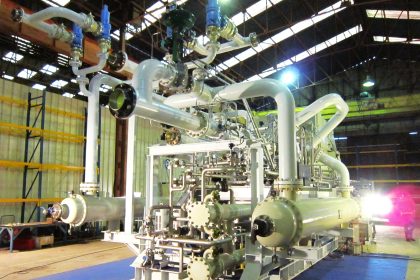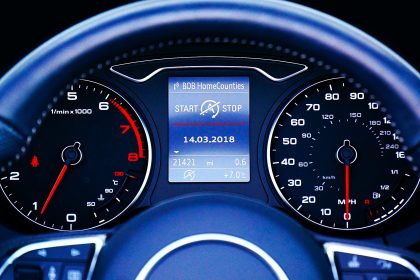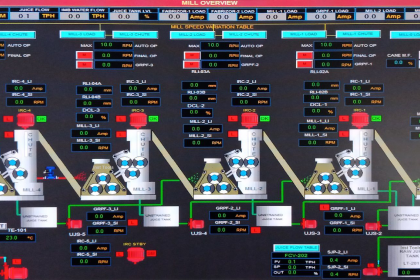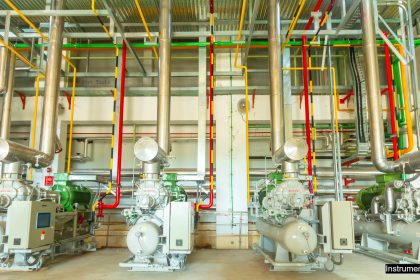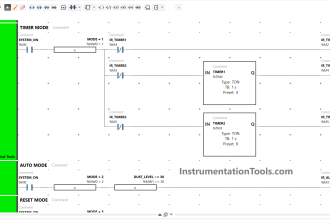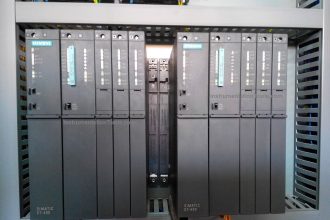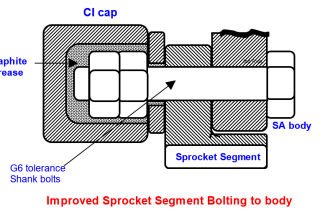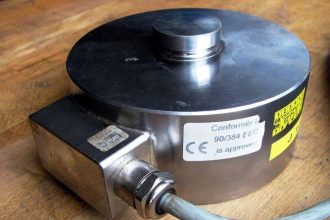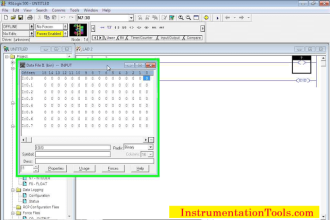A fotonic sensor is used for the measurement of position, displacement, and vibration. The fotonic sensor sends a beam of light through a fiber-optic probe.
The light hits the target surface and returns back. The received light has a change in intensity which is converted to an electrical signal.
This electrical signal Is proportional to the distance between the probe tip and the target surface. Fotonic sensor is a type of non-contact type position, displacement, and vibration measurement sensor.
Fotonic Sensor
Fotonic sensor uses advanced optical fiber and an electronics circuit for the precise measurement of position, displacement, and vibration.
Fotonic sensors work for almost all surfaces like metallic, plastic, ceramic, glass, or liquid.

Construction and Working of Fotonic Sensor
The construction of fotonic sensor consists of a light source for generating light, transmitting fiber for transmission of light to the target surface, and receiving fiber for guiding reflected light back to the light detector which detects the intensity of reflected light from the target surface.
- When there is no gap between the fotonic sensor tip and the target surface, no light from the transmitting fiber goes to the receiving fiber.
- As the gap between the fotonic sensor tip and the target surface goes on increasing, more light from the transmitting fiber goes to the receiving fiber. The increased light causes increase in the intensity measured by the light detector. An increase in the light intensity by the light detector in fotonic sensor indicates an increase in the gap between the fotonic sensor tip and the target surface. This increase in the intensity of light sensed by the receiving detector is linear to the increase in the distance between the fotonic sensor tip and the target surface
- The measured intensity continues to increase until the gap between the fotonic sensor tip and the target surface is approximately the same as that of the probe diameter. During this stage the light intensity received by the light detector reaches a peak point
- After this, as the distance between the fotonic sensor tip and the target surface increases, the light intensity received by the light detector continues to decrease as shown in the graph
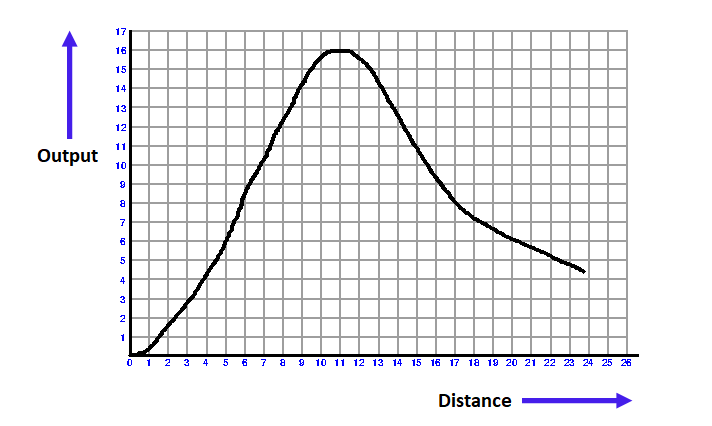
Advantages of Fotonic Sensor
- No moving parts are present in the fotonic sensor. Hence no maintenance is required.
- Fotonic sensor uses non-contact type measurement technique.
- Fotonic sensors can be used for almost every surface
Disadvantages of Fotonic Sensor
- Surrounding light can affect the intensity of the light which is used by the fotonic sensor
- Calibrating a fotonic sensor is a very difficult task
- Measurement of lengths greater than the diameter of the transmitting and receiving fiber is not possible



